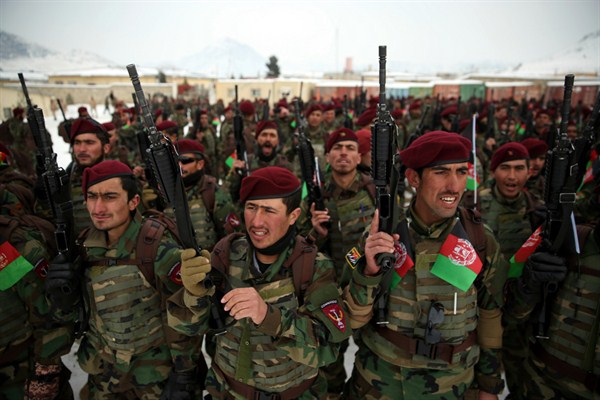By all accounts, the U.S. and the Taliban are poised to sign the initial stage of a peace deal in Afghanistan, and it may only be a matter of weeks before President Donald Trump takes the first serious step toward ending America’s longest war. But can a White House this mercurial really usher in a sustainable political settlement in Afghanistan? The short answer is no. Under the right circumstances, however, Afghan President Ashraf Ghani and his administration may be able to get the job done.
On Tuesday, Secretary of State Mike Pompeo confirmed that Trump has signaled his approval for an agreement that calls for a gradual American military withdrawal from Afghanistan in exchange for a Taliban commitment to forsake al-Qaida, fight transnational terrorists and agree to a “reduction in violence.” The potential deal comes only a few months after Trump scuttled plans to ink an accord with the Taliban at Camp David in September. Public details of the agreement remain scant, but if the plan adheres to a tentative framework sketched out late last year, then the U.S. would aim to withdraw at least 4,000 or at most 5,500 troops after the Taliban demonstrate their adherence to an initial cease-fire. There are currently about 13,000 U.S. troops remaining in Afghanistan.
To be sure, the possibility of a temporary cessation of violence between the Taliban and U.S.-led coalition forces in Afghanistan is an occasion for celebration and maybe even a bit of tempered hope. Judging from Afghan responses to Ghani’s positive tweet this week about the prospects of such a deal, however, many Afghans remain rightfully as skeptical of Ghani as they are of Trump and the Taliban’s promises. That’s a shame because, despite Ghani’s inability to deliver consistently on his goals of fighting corruption and improving governance, as president he still commands the Afghan National Army and its roughly 227,000 troops, so all roads to peace lead through the presidential palace in Kabul.

